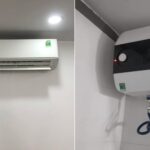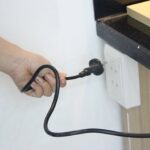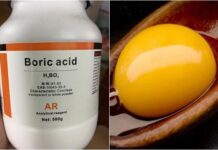If these drawbacks aren’t addressed, many would turn down the offer, even if it’s free.

1. High Requirements for Cookware
Induction cooktops operate by passing an electric current through a coil, generating a magnetic field. This field induces small eddy currents in the iron base of the cookware, causing the iron molecules to move rapidly and produce heat.
This principle imposes two strict requirements. First, the cookware must be made of iron or magnetic material; clay, aluminum, or glass pots are incompatible. Second, the cookware must have a flat bottom; a curved or concave base prevents the magnetic field from evenly inducing eddy currents, resulting in inefficient heating.
However, most households use a variety of cookware, including clay and glass pots, which are not suitable for induction cooking. This limits the versatility needed for daily cooking.
Additionally, the requirement for flat-bottomed pans is particularly inconvenient for Asian cuisine, where rounded-bottom woks are preferred for better heat control and stir-frying. This restriction means induction cooktops cannot replicate the stir-fry results achieved with gas stoves.
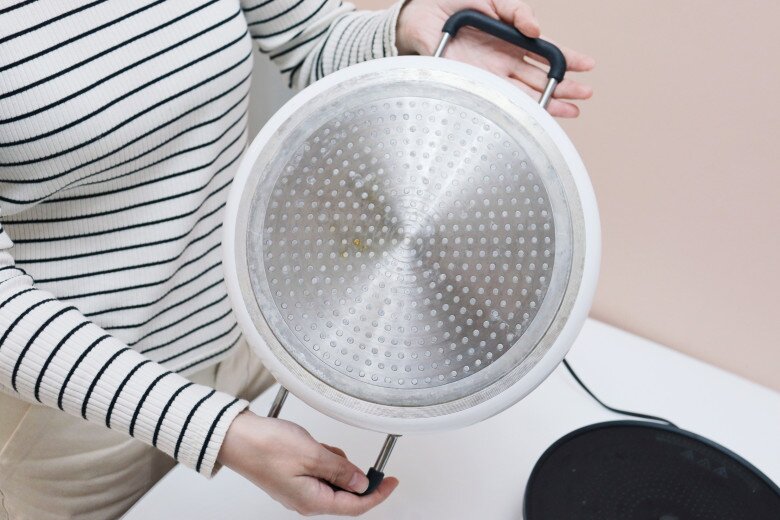
2. Insufficient Heat Output
Restaurant kitchens use powerful flames to achieve the perfect stir-fry, enhancing flavor and aroma.
Modern gas stoves have increased their heat output significantly, with many new models reaching up to 5.2kW, compared to the previous standard of 4.0kW.
Induction cooktops, however, fall short in this regard. Even high-end models rarely exceed 2.0kW, despite their 90% thermal efficiency. This lower heat output makes it challenging to achieve the desired texture in stir-fried dishes.
The reduced heat often results in limp, sticky, or unevenly cooked food, especially for dishes requiring high temperatures like deep-frying or intense stir-frying. Achieving the ideal “crispy outside, tender inside” texture is nearly impossible with induction cooking.
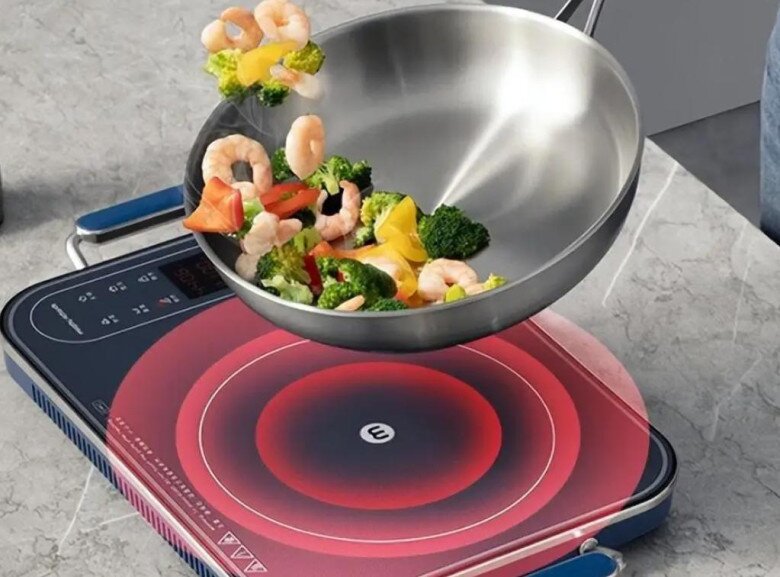
3. Uneven Heating
Induction cooking often leads to burnt food, not necessarily due to user error but because of its unique heating mechanism.
Induction cooktops heat only the base of the cookware, where the magnetic field directly interacts. The sides and edges of the pot remain largely unaffected, resulting in a significant temperature difference between the base and the sides.
In contrast, gas stoves distribute heat more evenly. Although the flame doesn’t directly touch the sides, the heat radiates uniformly, warming both the base and the sides of the cookware.
This uneven heating in induction cooktops causes food at the bottom to burn while food near the edges remains undercooked, creating an inconsistent cooking experience.
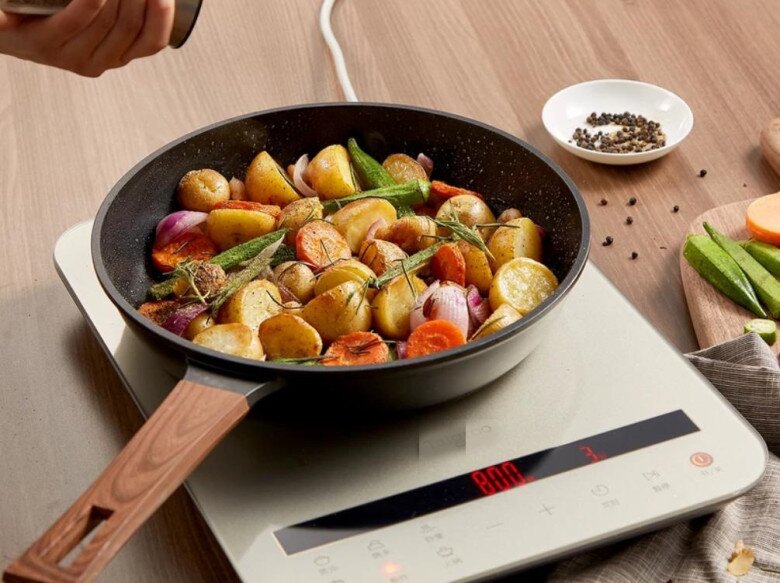
4. Inconvenient Cleaning
Cleaning an induction cooktop after spills or splatters is a tedious task. The surface cannot be directly exposed to water, requiring meticulous wiping with a damp cloth to remove stains.
After cooking, the cooktop is often covered in grease and residue, making post-meal cleanup a daunting chore for many users.
5. High Repair Costs
Induction cooktops are more prone to malfunctions compared to gas stoves. Their internal coils and complex electrical systems are susceptible to failures.
Gas stoves, on the other hand, are simpler and more durable, often lasting 8–10 years without significant issues.
Repairing induction cooktops is costly. Common issues like faulty coils or cooling fans usually require component replacement, ranging from tens to hundreds of thousands of dong. Even after repairs, the cooktop remains prone to further breakdowns.

























